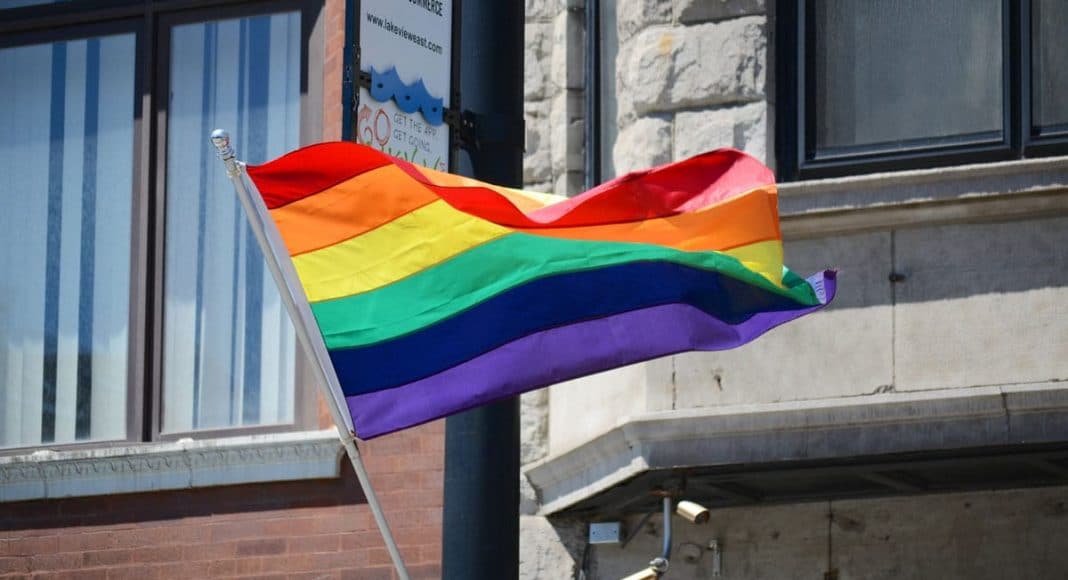The man behind the ubiquitous rainbow gay pride flag died last month at 65, peacefully, in his home. His creation, however, will live on for generations to come.
In celebration of the eight stripes of his original flag design, check out these eight facts about Baker’s creation of the rainbow pride flag.
It Was Inspired By Harvey Milk
In the 1970s, a young man named Gilbert Baker arrived in San Fransisco from Kansas. After being discharged, he stayed in SF and sewed clothing. Gay rights activist and first openly gay politician Harvey Milk challenged him to create a symbol the community could rally behind. Baker quickly realized he wasn’t in Kansas anymore. He told SF Travel:
“It all goes back to the first moment of the first flag back in 1978 for me. Raising it up and seeing it there blowing in the wind for everyone to see. It completely astounded me that people just got it, in an instant like a bolt of lightening – that this was their flag. It belonged to all of us. It was the most thrilling moment of my life. Because I knew right then that this was the most important thing I would ever do – that my whole life was going to be about the Rainbow Flag.”
A Different Humanitarian Design Inspired The Flag
Baker was inspired by the five-striped “Flag of the Races,” which is red, black, brown, yellow and white, according to the Carleton Sexuality and Gender Center.
Some Rumor A Different Story
The 1999 book Queer Sites: Gay Urban Histories Since 1600 suggests that the influence of Judy Garland’s then-popular song “Over the Rainbow,” and her celebrity status as a gay ally, wouldn’t have been far from Baker’s mind during the making of the flag.
The First Flags Were Labor Intensive
Hand-dyed versions of Baker’s creation were first used at the 1978 Gay and Lesbian Freedom Day March in San Francisco.
Each Color Has A Meaning
The eight stripes of the original flag represented individual components of the gay community, according to Gay Pride New Orleans: hot pink for sex, red for life, orange for healing, yellow for sun, green for nature, turquoise for the arts, indigo for harmony, and violet for spirit.
The Six-Color Flag Has Tragic Origins
Once the flags hit mass-production status, the hot pink color was difficult to reproduce affordably. Then, after Harvey Milk’s assassination, activists dropped turquoise, in order to march with the flag in even number: Three on one side of the street, three on the other.
Baker Eventually Brought The Other Colors Back
The flagmaker reintroduced pink and turquoise for a flag at the 2004 Key West Pride Festival. According to New Orleans Pride, he said:
“We lost two of the original colors, pink and turquoise. It’s time, however, to restore the original design. First, it is simply more beautiful and more authentic. Moreover, when we lost the pink, we lost the symbol for our sexual liberation. The missing turquoise honors Native Americans and the magic of life. Both colors are needed to embrace our history.”
The Largest Pride Flag Was Huge
To commemorate the gay rights movement’s 25th anniversary in 1994, Baker made a mile-long flag in New York. In 2003, Baker made the world’s longest of his creations to stretch from the Gulf of Mexico to the Florida Strait.
[gravityform id=”13″ title=”false” description=”true”]


